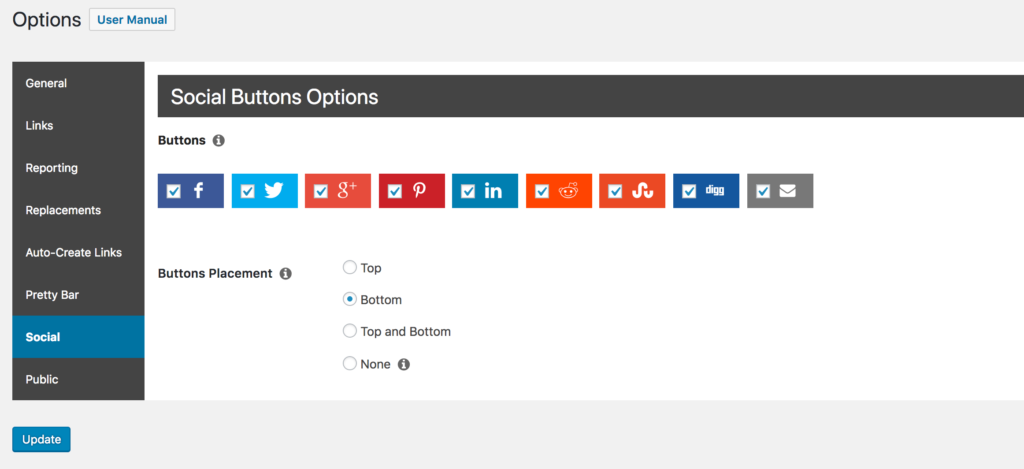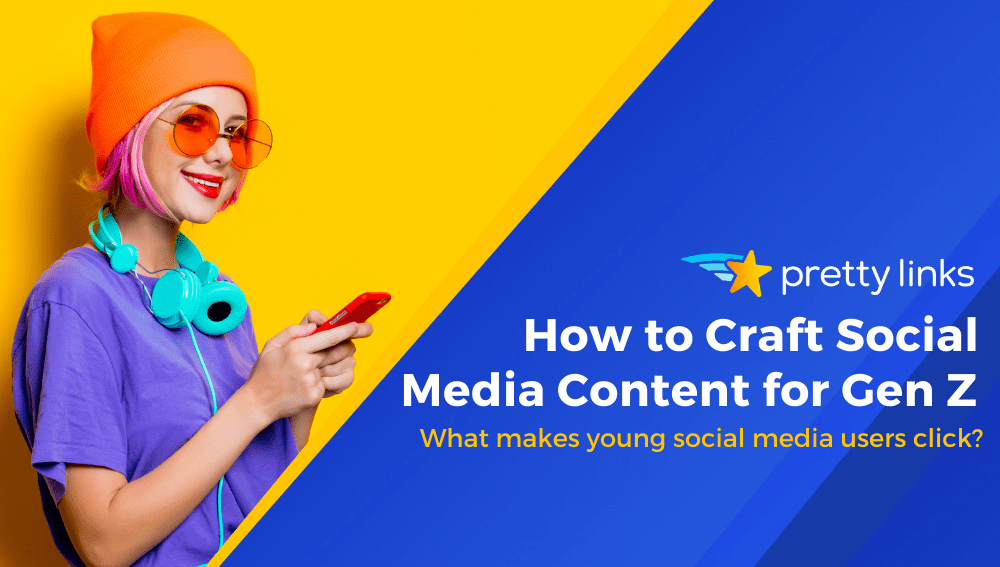Contents
In today’s digital environment, it’s becoming increasingly important to leverage social media to engage audiences and build brand awareness. When used correctly, social media is an excellent tool for marketing content, offering customer services, and growing your audience.
Research shows that 70% of consumers have used social media for customer service-related issues at least once, and that customer service interactions increased by a whopping 250% on social media in the last couple of years. However, it isn’t enough to simply create a few profiles. You’ll also need a sound social media marketing strategy.
In this article, we’ll explain the importance of using social media marketing for your business. Then we’ll cover the techniques you can use in your campaigns. Let’s get started!
1. Create a Social Media Schedule
Creating a social media schedule helps to ensure that you are publishing content on a regular basis, and at the times most likely to spark engagement. This schedule serves as a mapping tool to help you plan out when each post will be published, down to the specific day and time.
Creating a schedule also enables you to visualize and organize your social strategy. Plus, it can serve as a reference you can use to figure out which posts are working better than others.
Various social channels have different ‘peak’ times when it’s best to post. Sprout Social research found that the best day to post on social media platforms is typically Wednesday. However, the platform, industry, type of post, and time of day matter as well. You can use this information as a starting point, and then tweak posting times in response to engagement over time.
If you’re new to content calendars, you can download a customizable template like the one offered by HubSpot. You can use one spreadsheet for all social platforms, or create a separate one for each channel. Either way, be sure to include:
- The dates and times you’ll be publishing each post
- The social platforms each post will go live on
- The post copy, along with images and/or videos
- Hashtags, links, and other elements that will be included
As a general rule of thumb, it’s a smart idea to use the 80/20 rule for social media content. This means making sure that about 80% of your content is useful, educational, or entertaining, and the other 20% is sales-driven.
2. Run Cross-Channel Campaigns
Cross-channel marketing involves creating a seamless experience across multiple channels. It offers brands the opportunity to effectively connect with audiences on their preferred channels. It helps to increase brand awareness, and makes it easier to focus on the channels that offer the greatest Return on Investment (ROI).
To run a successful cross-channel campaign, it’s important to first understand your audience. Collecting data on how and when users interact with your brand on social media can help to inform your campaign strategy. For example, while Instagram is typically an effective platform for sparking engagement, Facebook is often best for direct advertising.
Once you’ve established the social media platforms that make the most sense for your business, take some time to research what type of posts tend to perform well on those channels. For example, research has found Facebook posts that include a video get about 60% more engagement than other types.
You can also include social links in your profiles and marketing emails, to make it easy for users on one platform to connect with you on another. As we discussed in a previous post, having a strong linking strategy on social media can help increase brand awareness and boost engagement.
3. Try Retargeting Ads
People spend a lot of time on their smartphones. However, it can still be difficult to capture and keep their attention. Retargeting ads make it easier to advertise products on social media to users who have previously visited your site.
Let’s say that someone is browsing your website and adds a product to their shopping cart. Then they suddenly get a text or become distracted, and leave your website before checking out. Retargeting lets you follow that potential customer and display relevant ads on the social channels they’re using.
Retargeting your ads helps to create cross-channel connections. It’s a way to customize ads and target users based on their unique customer journeys. To incorporate these types of ads in your social media strategy, you’ll first need to decide which platforms to run them on.
After that, the process of setting up your ads will vary based on each platform. In order to create a retargeted ad on Facebook, for example, you’ll first need to have a business account and the Facebook pixel code installed on your website. Once those are set up, you can create your first campaign.
The key to successful retargeting is knowing your audience. The more you understand about their demographics, the better positioned you’ll be to target ads that engage and convert.
4. Encourage User-Generated Content
User-Generated Content (UGC) can help your social media marketing strategy by building brand awareness and loyalty. People are more likely to find posts about a brand authentic when the creators aren’t being paid to post about it. In fact, 93% of customers say that UGC plays a role in their purchasing decisions.
UGC can come in many forms, including photos, videos, and reviews. There are also many ways to use it on social media platforms. For example, you can encourage users to share photos of their favorite products. Another option is to run a contest or a giveaway encouraging users to post using a certain hashtag.
The goal is to get your audience involved and incentivize them to help you grow brand awareness. Thanks to ‘share’ buttons, hashtags, and other key features, social media platforms are a perfect place to leverage UGC.
5. Integrate Social Accounts With Your WordPress Site
Finally, connecting your social profiles with your WordPress site is one of the easiest and most efficient ways to automatically share content. Adding social sharing buttons to your site makes it easy for visitors to share your content on their own accounts.
When you download our PrettyLinks plugin, for instance, you can add a Social Buttons Bar to your pages and posts:

What makes PrettyLinks different than other social sharing plugins is that it enables you to auto-create links and track the results. PrettyLinks’ Conversion Tracking Reports can be used in your social media campaigns to gain insights on user interactions and, in turn, optimize them for increased traffic.
Conclusion
Social media marketing is one of the most effective ways for businesses today to reach and grow their audiences. However, it won’t be effective without a well-thought-out strategy.
Fortunately, there are plenty of social media marketing strategies your business can use to make its campaigns more successful, including:
- Creating a social media schedule.
- Running cross-channel campaigns.
- Experimenting with retargeting ads.
- Encouraging user-generated content.
- Integrating social accounts with your WordPress site via PrettyLinks.
What are some of the social media marketing strategies you’ve found successful? Let us know in the comments section below!









Leave a Reply